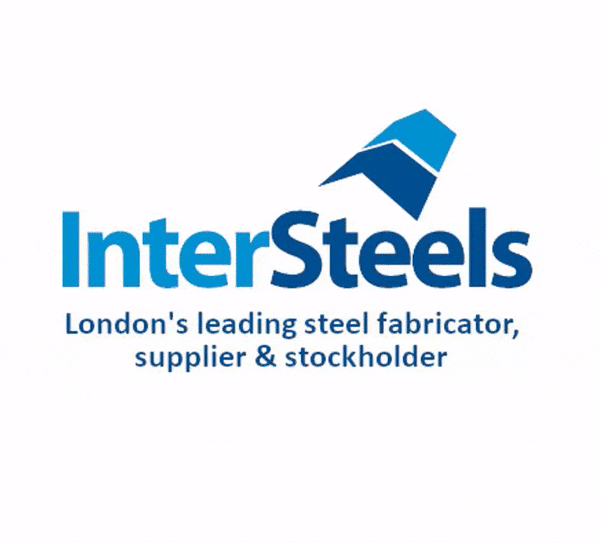The 15m-20m long escape tunnels are bored every 500m to connect the two main running tunnels around 40m below the surface.
An expert team of miners are using a remotely controlled excavator to break out of and excavate from one running tunnel to the adjacent tunnel.
As the excavation is progressed the ground is supported using a sprayed concrete lining (SCL).
Delivered by HS2’s main works contractor, Align – a joint venture formed of Bouygues Travaux Publics, Sir Robert McAlpine, and VolkerFitzpatrick – each passage is between 15 and 20 metres in length.
This is then lined with a water-proof membrane before a secondary concrete lining constructed behind specialist formwork in the cross passage.
Martyn Noak, HS2’s Head of Tunnel Engineering, said: “While invisible to the travelling public, the cross passages have a key role in providing a safe operational railway.
“In an emergency they allow the safe evacuation of passengers into a place of relative safety – the other tunnel. Constructing cross passages is different than using a tunnelling machine as the ground is excavated in short lengths with each advance being left unsupported for a short period of time until the sprayed concrete lining is installed.
“It is a different set of risks and a specific skilled workforce is needed.”
Daniel Altier, Align Project Director, said: “The completion of this cross passage is a significant milestone for the team at Align JV.
“In partnership with our supply chain; KVJV responsible for the ground treatment, specialist contractor Euro Diamond Drilling and waterproofing specialist Rennesco, the sub-surface team at Align have already commenced preparation work on several other cross passages and are making good progress.”
Once the passageway is complete, the safety doors can be installed at either end. These are being manufactured by Bolton-based Booth Industries who won the contract to provide more than 300 units for all the tunnels between London and Birmingham.





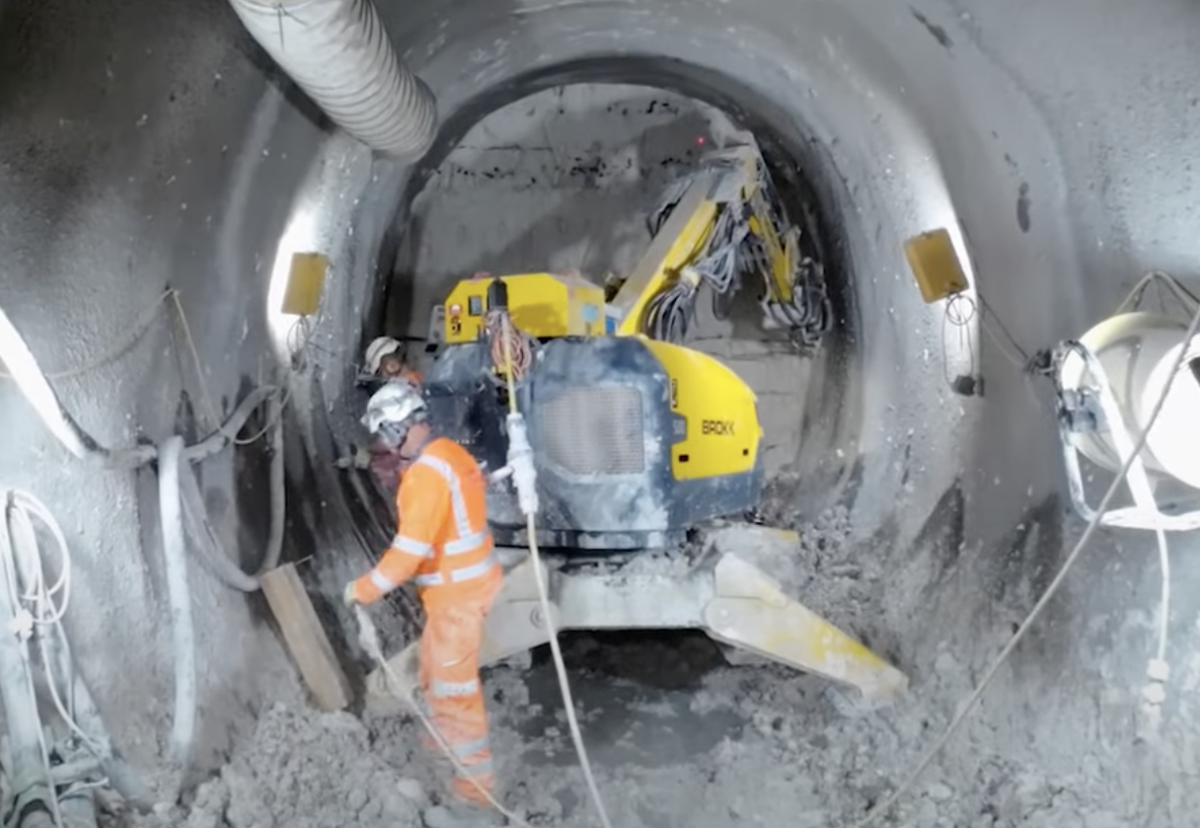

.gif)








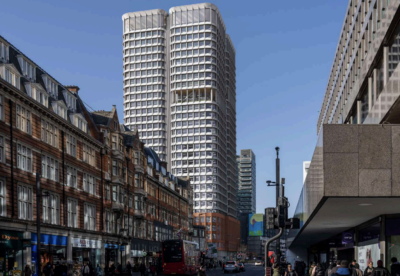
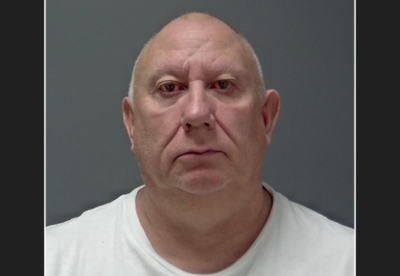

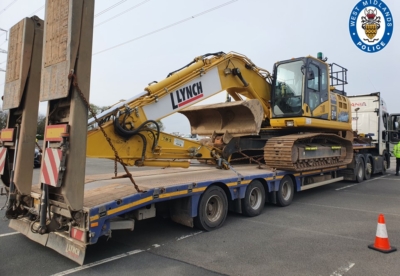

















 (300 x 250 px).jpg)















